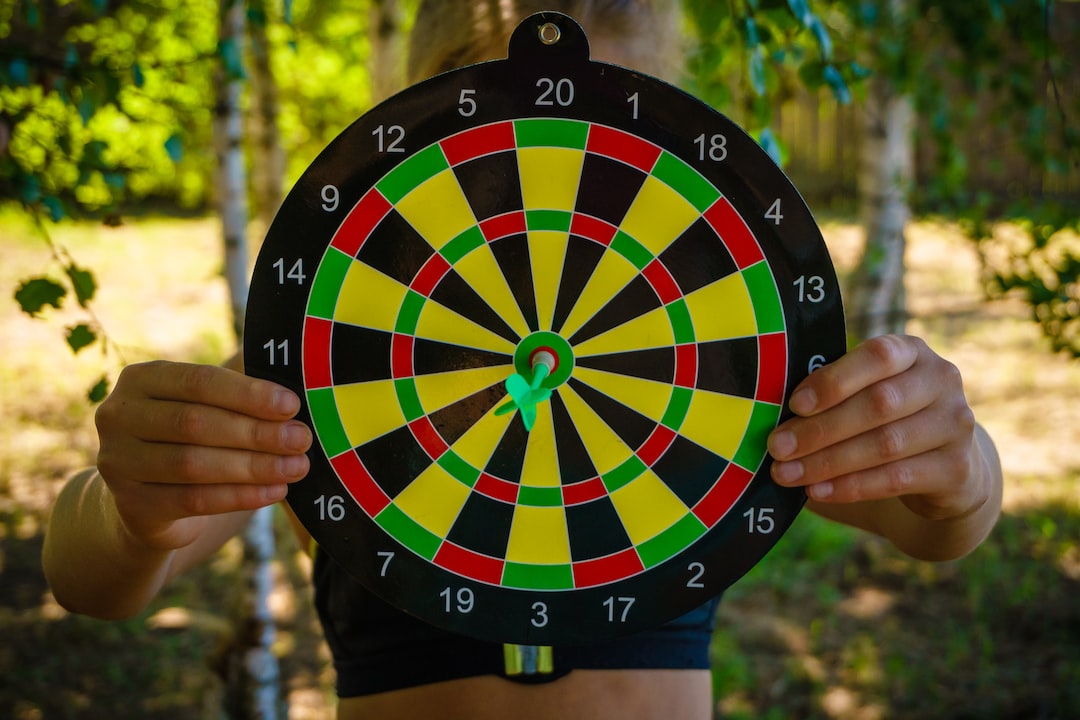The Evolution of Music Videos: From MTV to YouTube
Music has always been an integral part of human culture, allowing us to express our emotions, tell stories, and connect with one another. In the past, the only way to experience a music performance visually was through live shows or television appearances. However, with the advent of music videos, the landscape of the music industry drastically changed. From the early days of MTV to the present dominance of YouTube, the evolution of music videos has been a fascinating journey.
It all began in the 1980s with the launch of MTV (Music Television), a channel dedicated to playing music videos 24/7. Suddenly, musicians had a visual platform to showcase their creativity and enhance the understanding and enjoyment of their songs. Music videos became a powerful tool for artists to connect with their fans and convey their artistic vision in a more immersive way.
During its early years, MTV primarily featured music videos from popular rock and pop artists. The channel played a significant role in launching the careers of numerous artists, turning them into household names. MTV brought the music industry into people’s homes and became an essential part of popular culture. It was a revolution that gave rise to music video directors and choreographers, who became influential figures in the entertainment industry.
As the years went by, music videos became more elaborate and cinematic. Artists started focusing on storytelling, opting for narratives that complemented their songs. Notable examples include Michael Jackson’s “Thriller,” which is often regarded as one of the greatest music videos of all time. Its 14-minute epic showcased Jackson’s talent for combining music, dance, and storytelling into a captivating visual experience.
With the rise of the internet and the decline of traditional television, music videos found a new home on platforms like YouTube. Launched in 2005, YouTube became a breeding ground for aspiring artists who could easily upload their music videos and reach a global audience. This marked a significant shift in power from major record labels to independent artists who now had the opportunity to showcase their talent and gain recognition outside of traditional media channels.
YouTube’s user-generated content also gave birth to viral music videos. Memorable examples include Psy’s “Gangnam Style” and Rebecca Black’s “Friday.” These videos gained millions of views within a short period, allowing relatively unknown artists to achieve momentary fame and commercial success. The democratization of music videos was now possible through YouTube, promising an equal playing field for both established and emerging artists.
In addition to the accessibility of music videos, YouTube also facilitated fan interaction and engagement. Viewers could now comment on videos, share their opinions, and connect with other fans. This created a sense of community and allowed artists to have a direct relationship with their audience. It also provided a valuable platform for fan-made music videos and covers, fostering collaboration and creativity within the musical realm.
Today, music videos on YouTube have become an essential marketing tool for artists and record labels. Many artists release visual albums or series of music videos to promote their music and engage with fans on a deeper level. Visual storytelling has become an integral part of the music industry, with artists like Beyoncé and Taylor Swift leading the charge in creating visually stunning and cohesive bodies of work.
Moreover, the rise of streaming platforms like Spotify and Apple Music has further transformed the music video landscape. These platforms now seamlessly integrate music videos into their user interfaces, providing artists with an additional avenue to reach their audience. Music videos have evolved from being a standalone medium on MTV to becoming an integral part of the music-streaming experience.
The evolution of music videos from MTV to YouTube represents a shift in not only how we consume music but also how we engage with and interact with artists. The accessibility, creativity, and interactivity that platforms like YouTube provide have revolutionized the music industry. We can only anticipate what the future holds for music videos, as technological advancements continue to shape the way we experience and appreciate music in a visual form.
